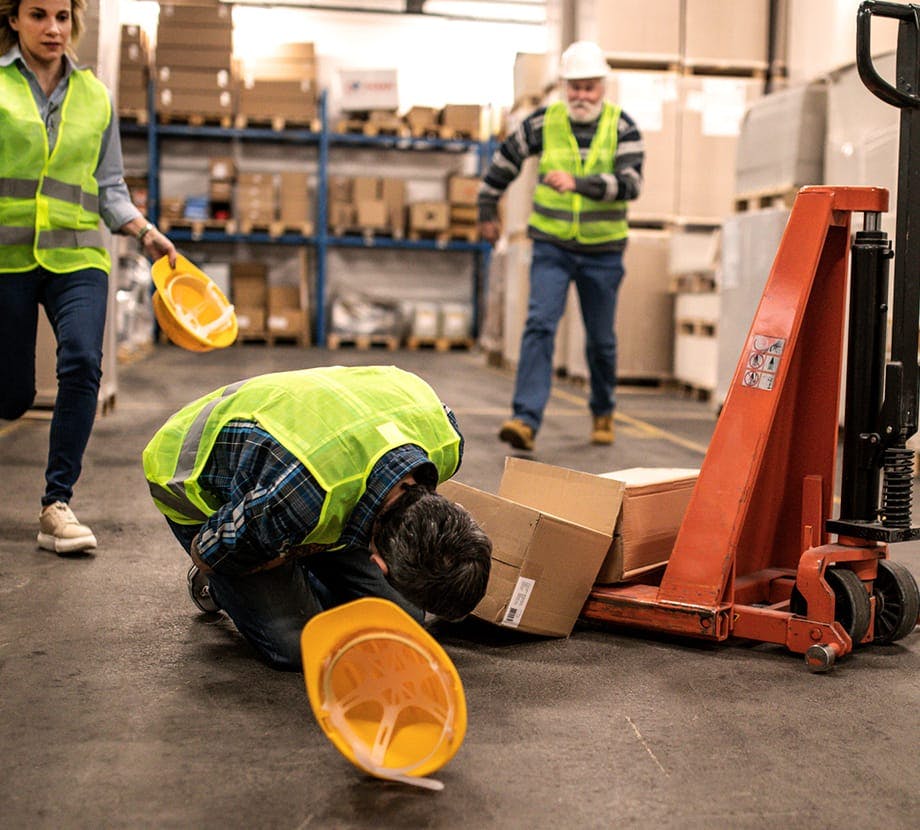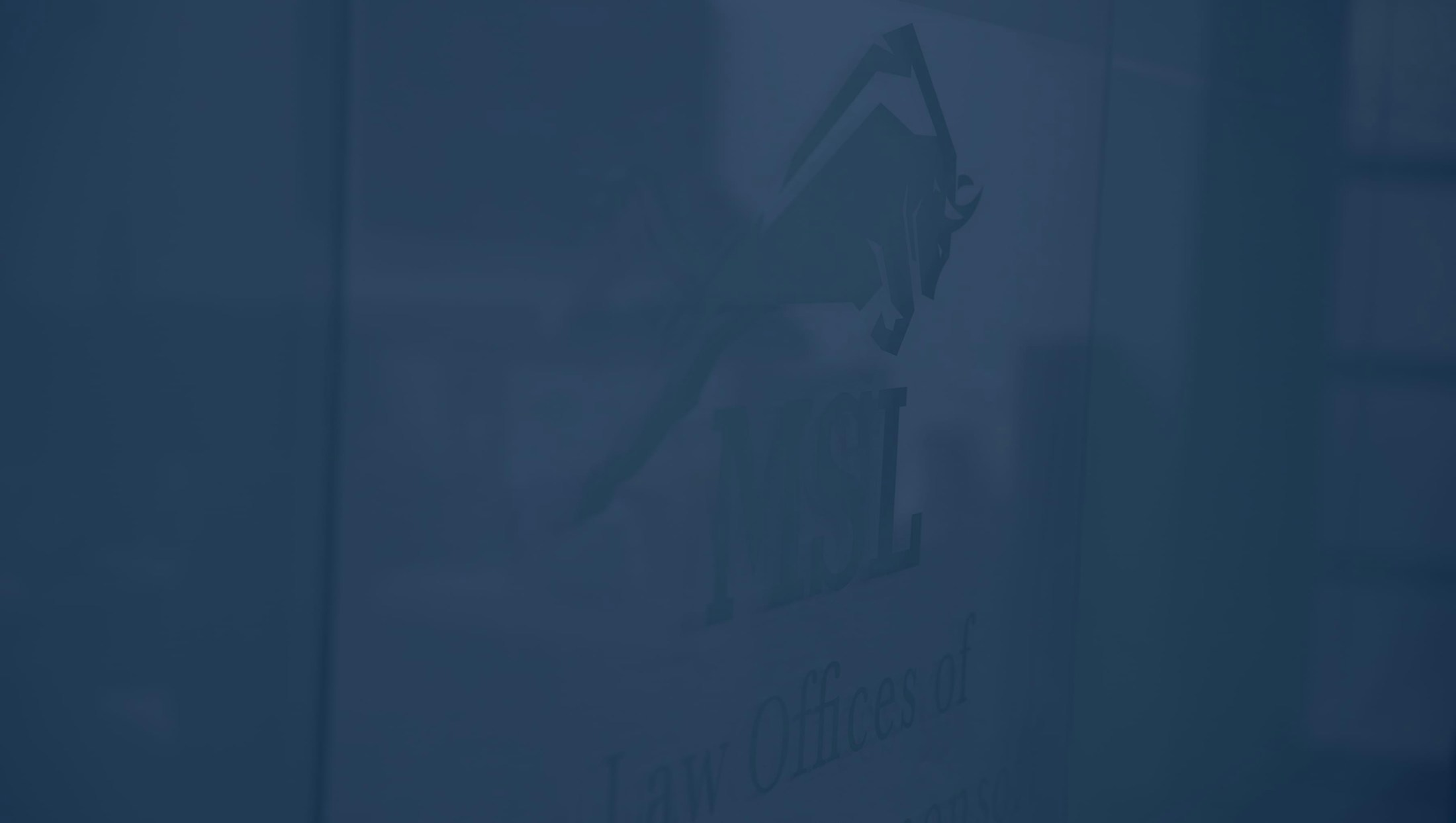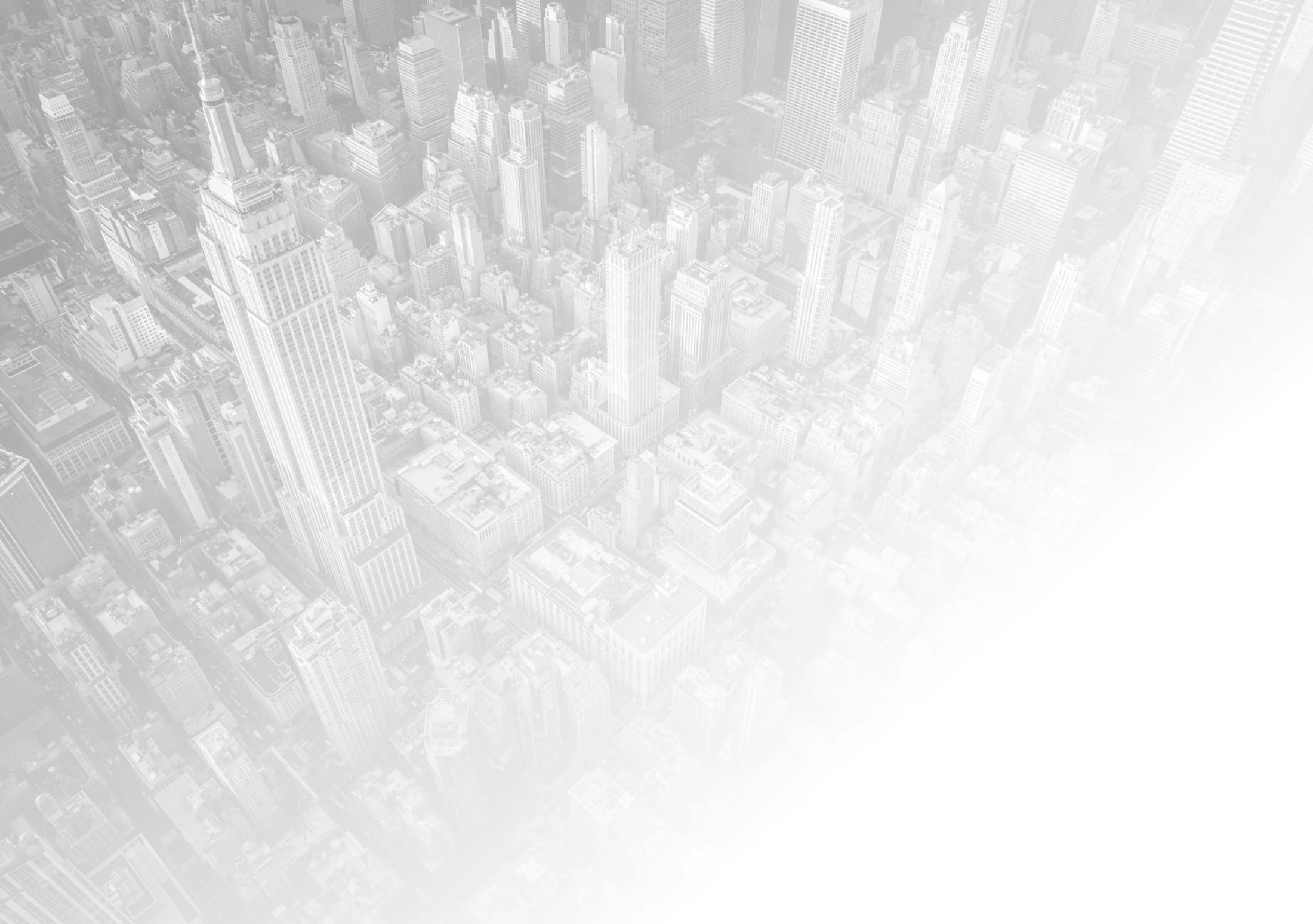New York Labor Laws and Federal Laws Applicable to Workplace Accidents
In New York, workplace accidents are governed by a combination of state labor laws and federal regulations. Understanding these laws is vital for both employers and employees to ensure a safe working environment and proper procedures in the event of an accident.






